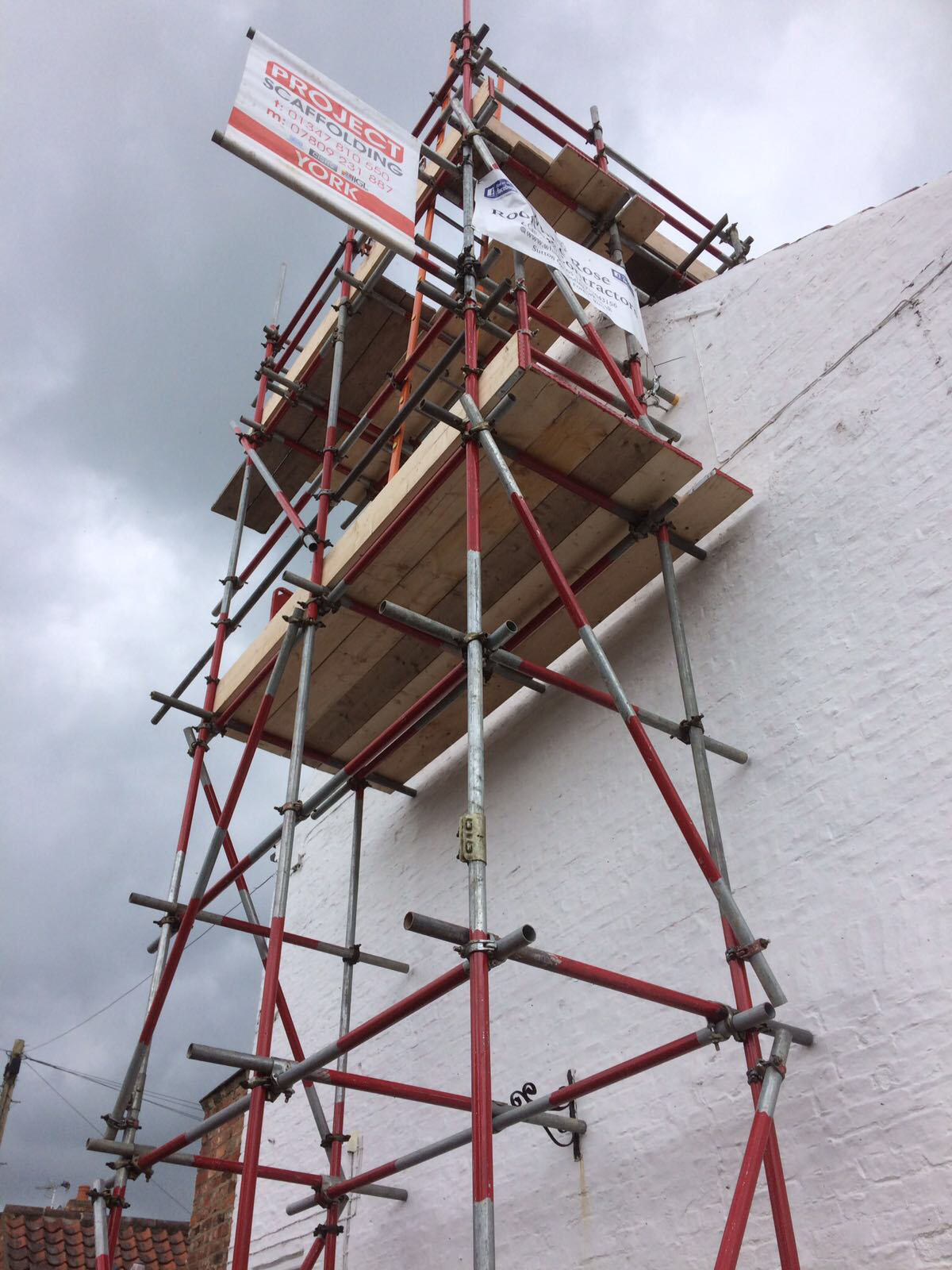Within the construction sector, scaffolding plays a crucial role, serving as the backbone for numerous commercial projects. Comprehending what commercial scaffolding entails and its necessity is crucial for contractors aiming to provide safe and efficient builds. From high-rise structures to expansive retail spaces, the appropriate scaffolding solution can improve the quality of work and ensure a safer environment for all workers on site.
As the requirement for advanced structures rises, so does the need for specialized scaffolding systems that cater to various types of commercial projects. This guide is designed to help contractors move through the intricate scaffold landscape by examining different scaffolding types, safety considerations, and compliance requirements. Whether you're working on a new construction or a renovation, understanding how to effectively manage scaffolding can mean the variance between a profitable project and a dangerous worksite.
Comprehending Commercial Support Systems
Corporate scaffolding is a short-term structure used to bolster building and upkeep activities on business properties. It provides workers with secure access to elevated areas, allowing tasks such as constructing, renovation, and restoration. Vital for both builders and employees, scaffolding boosts workflow efficiency by presenting a reliable platform where tools and supplies can be easily accessed.
The importance of corporate scaffolding cannot be ignored; it not only assists in the completion of tasks but also plays a vital role in maintaining safety on work sites. Well-designed scaffolding systems can withstand considerable loads and provide necessary support during construction work. As business buildings often require extensive scaffolding due to their magnitude and difficulty, comprehending the different types out there is essential for picking the best framework for each project.

In contemporary building, scaffolding solutions have advanced to meet the requirements of multiple projects, ranging from multi-story buildings to restorations of pre-existing structures. These innovations include modular systems, which offer versatility and quick setup, and specialized options for specific environments. Understanding the distinct needs of a corporate project allows builders to utilize the best scaffolding choices, ultimately contributing to successful outcomes and minimized risks.
Safety and Adherence in Scaffolding
Securing protection and compliance in scaffolding is vital for all business project. Scaffold systems must comply to strict regulation standards set by organizations such as the Occupational Safety and Health Administration, which outlines specific instructions for the construction, setup, and operation of scaffolding. Contractors are accountable for comprehending these regulations to ensure the safety of their workers and prevent potential fines. Compliance not only enhances employee safety but also strengthens the builder’s image and standing within the industry.
Training and proper safety protocols are crucial for upholding adherence on job locations. Every team members should undergo thorough scaffolding instruction to recognize the intrinsic dangers and the necessary protection steps. Regular protection meetings can help keep all employees updated about the current standards and effective practices. Moreover, scaffolding inspections should be performed frequently to detect any hazards or structural integrity issues, guaranteeing that the scaffold systems remains secure for use throughout the project.
In furthermore to education and inspections, maintaining an clear line of communication among every team participant is essential to fostering a safety-first culture. Reporting this contact form or compliance issues should be promoted and considered seriously. This preventive strategy not only tackles issues before they escalate but also builds a shared responsibility for protection that is distributed among every project participants. Emphasizing protection and compliance will eventually lead to a more efficient process and a successful result for the project.
Scaffolding Solutions for Commercial Undertakings
When it comes to commercial projects, choosing the right scaffolding solutions is vital for guaranteeing efficiency and safety on the job site. Various types of scaffolding structures are available, including interconnected, frame, and traditional scaffolding, each tailored to meet distinct project needs. For extensive commercial constructions, modular scaffolding offers flexibility and ease of assembly, while frame scaffolding is ideal for quick setups and straightforward access. Understanding the project requirements will help in determining the most appropriate type of scaffolding.
In city commercial developments such as offices and shopping centers, it's vital to have scaffolding that not only supports the building but also promotes uninterrupted workflow. Options like aerial scaffolding allow workers to work at different heights without obstructing ground-level activities. Additionally, effective planning around site access and load-bearing considerations is crucial for enhancing both the safety and productivity of the operation, particularly in busy areas.
Partnering with experienced scaffolding companies can provide valuable insights and tailored solutions for specific commercial projects. They are well-versed in managing the complexities of licensing, safety compliance, and logistical challenges, ensuring that the scaffolding setup complies with all regulatory requirements. Furthermore, working together with professionals allows contractors to tap into best practices, finally contributing to efficient project completion and heightened safety standards on site.
